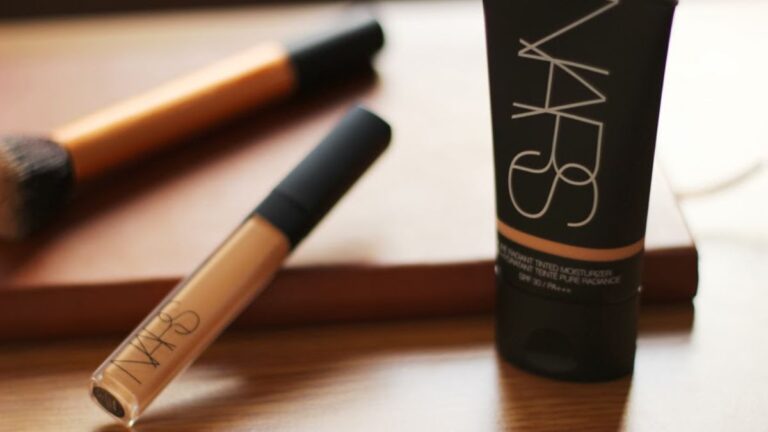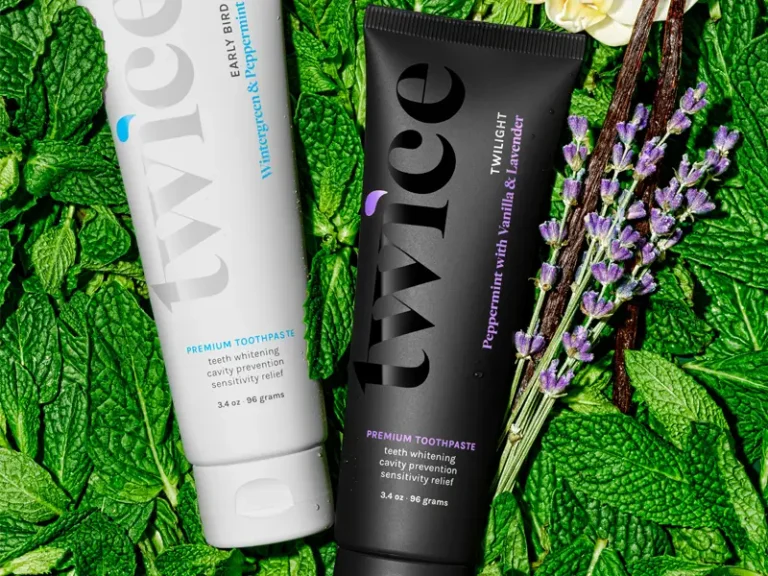Unlocking the Secrets of Frankincense Oil: Ancient Remedy for Modern Wellness
Welcome to our blog, where we delve into the fascinating world of natural remedies. Today, we are unlocking the secrets of frankincense oil – a precious elixir that has been treasured for centuries for its remarkable healing properties. From ancient civilizations to modern day wellness enthusiasts, this aromatic oil continues to captivate and intrigue with its myriad benefits. Join us as we explore the origins, extraction methods, therapeutic uses, and ongoing research surrounding frankincense essential oil. Get ready to embark on a journey through time and discover why this age-old remedy remains a powerful tool in promoting overall well-being!
What is Frankincense Oil and where does it come from?
Frankincense oil, also known as olibanum, is an aromatic essential oil derived from the resin of the Boswellia tree. This tree is native to regions in North Africa and the Arabian Peninsula, including countries like Somalia, Ethiopia, Oman, and Yemen. The rich history of frankincense dates back thousands of years when it was highly valued by ancient civilizations such as Egypt and Mesopotamia.
To extract frankincense oil, incisions are made into the trunk or branches of the Boswellia tree. As a response to these wounds, a milky white sap called oleoresin seeps out. Over time, this sap hardens into tear-shaped droplets that are collected and then steam distilled to obtain pure frankincense essential oil.
The aroma of frankincense oil can be described as woody with hints of citrus and spice. Its warm scent has been used for centuries in spiritual rituals, religious ceremonies, perfumes, and skincare products. Today, this precious oil continues to be revered for its therapeutic properties and holistic benefits for both body and mind.
How is Frankincense Oil extracted?
Frankincense oil has been prized for centuries for its therapeutic properties and captivating aroma. But have you ever wondered how this precious oil is extracted? Let’s take a closer look at the fascinating process.
1. Steam Distillation: The most common method of extracting frankincense oil is through steam distillation. First, the resin from the Boswellia tree is collected by making small incisions in the bark. This allows the resin to seep out and harden into tears or droplets. These resinous tears are then carefully harvested and taken to a distillery.
2: Separation Process: In the distillery, the resin is placed in a vessel with water and heated using steam. The heat causes the essential oils within the resin to evaporate along with the steam. The mixture of steam and essential oils then passes through a condenser where it cools down, causing it to separate into two distinct components – water and frankincense oil.
3: Collection of Oil: As frankincense oil is lighter than water, it floats on top of it. It can be easily skimmed off and collected in containers for further processing or bottling. This careful extraction process ensures that only pure, high-quality frankincense essential oil reaches your hands!
The extraction process may seem complex but rest assured that every drop of frankincense oil goes through meticulous steps to bring you its amazing benefits!
Varieties of Frankincense Essential Oils
When it comes to frankincense essential oil, there is a wide range of varieties to choose from. Each variety has its own unique scent and therapeutic properties, offering different benefits for your health and well-being.
One popular variety is Boswellia carterii, which is known for its warm and spicy aroma. This particular type of frankincense oil is often used in aromatherapy to promote relaxation, reduce stress, and uplift the mood.
Another variety is Boswellia serrata, which has a fresh and citrusy scent. It is commonly used for respiratory support and can help alleviate symptoms of coughs, colds, and asthma.
Boswellia frereana is another type of frankincense essential oil that has a sweet and fruity fragrance. It is believed to have anti-inflammatory properties and can be beneficial in relieving joint pain or muscle soreness.
With so many varieties available, you can easily find the perfect frankincense essential oil that suits your needs and preferences. Whether you’re looking for relaxation or relief from specific ailments, there’s a frankincense variety out there just waiting to unlock its secrets for your modern wellness journey!
The therapeutic properties of Frankincense Essential Oil
When it comes to therapeutic properties, frankincense essential oil is truly a powerhouse. Known for its calming and soothing effects on the mind and body, this ancient remedy has been used for centuries to promote wellness and overall health.
One of the key therapeutic benefits of frankincense oi’l is its ability to reduce stress and anxiety. Its rich aroma can help relax the mind, ease tension, and create a sense of peace. Whether you’re dealing with daily stressors or struggling with sleep issues, incorporating frankincense oi’l into your routine can be incredibly beneficial.
In addition to its calming properties, frankincense essential oil also boasts anti-inflammatory qualities. It has been shown to reduce inflammation in the body, making it an excellent choice for individuals suffering from conditions such as arthritis or muscle pain. By applying diluted frankincense oi’l topically or using it in a diffuser, you can experience relief from discomfort and support your body’s natural healing processes.
With its wide range of therapeutic benefits, it’s no wonder that frankincense essential oil is highly regarded in the world of holistic wellness. From reducing stress and promoting relaxation to easing inflammation and supporting overall health, this versatile oil has something to offer everyone seeking natural remedies for modern ailments.
How to use Frankincense Oil
Frankincense oil has been revered for centuries for its numerous therapeutic benefits. If you’re wondering how to incorporate this ancient remedy into your modern wellness routine, we’ve got you covered!
First and foremost, it’s important to note that frankincense oil should always be diluted before use. This can be done by combining a few drops of the essential oil with a carrier oil such as coconut or jojoba oil. Once diluted, frankincense oil can be applied topically to the skin for various purposes.
For skincare, simply massage a small amount of diluted frankincense oi’l onto clean skin in gentle circular motions. Its anti-inflammatory properties make it great for soothing irritated or acne-prone skin. It can also help reduce the appearance of scars and fine lines.
In addition to topical application, frankincense oi’l can also be used aromatically through diffusion or inhalation. Adding a few drops to a diffuser creates a calming and uplifting atmosphere in your home or office space. Alternatively, you can place a drop on your palms, rub them together, and inhale deeply for an instant sense of relaxation.
Remember to always do a patch test before applying any essential oils directly on your skin and consult with a healthcare professional if you have any concerns about using frankincense oi’l during pregnancy or if you have any underlying health conditions.
Ongoing research with Frankincense Essential Oil
Ongoing research with Frankincense Essential Oil has been a topic of great interest in recent years. Scientists and researchers are continually uncovering new potential benefits and applications for this ancient remedy.
One area of ongoing research is the use of Frankincense Oi’l in cancer treatment. Preliminary studies have shown that certain compounds found in Frankincense Oi’l may have anti-tumor properties, inhibiting the growth and spread of cancer cells. Further research is needed to fully understand its potential as a complementary therapy.
Another area being explored is the effects of Frankincense Oi’l on mental health. Some studies suggest that inhaling the aroma of this oil can help reduce anxiety and improve mood. Researchers are investigating its impact on stress levels, depression, and even cognitive function.
Additionally, ongoing research is examining the antimicrobial properties of Frankincense Essential Oil. Studies have shown promising results against various bacteria and fungi, suggesting its potential as a natural alternative to conventional antibiotics.
As more scientific studies emerge, we will gain further insights into the therapeutic properties and uses of Frankincense Essential Oil. This ongoing research underscores its enduring relevance as an ancient remedy for modern wellness. Stay tuned for more exciting discoveries in the field!
What to look for when purchasing Frankincense Oi’l
When it comes to purchasing Frankincense Oi’l, there are a few important factors to consider. First and foremost, you want to make sure that you are buying a high-quality product. Look for oils that are pure and undiluted, as these will offer the most therapeutic benefits. It’s also important to check the source of the oil. Ideally, it should come from sustainable and ethical sources.
Another thing to look out for is the method of extraction used. Steam distillation is the most common method for extracting essential oils, including Frankincense Oi’l. This process ensures that all the beneficial compounds are preserved in the final product.
Pay attention to any additional certifications or testing that may be available for the oil you’re considering purchasing. Some brands undergo third-party testing or have organic certifications, which can provide further assurance of quality.
By keeping these factors in mind when shopping for Frankincense Oi’l, you can ensure that you’re getting a high-quality product that will provide maximum benefits for your overall wellness journey
Benefits of Frankincense Essential Oil
Frankincense essential oil has been hailed for its numerous benefits in promoting overall wellness. One of the key advantages of using this ancient remedy is its ability to reduce inflammation in the body. Whether you’re dealing with joint pain or muscle soreness, a few drops of frankincense oi’l can provide soothing relief.
Another benefit of frankincense essential oil is its potential to boost immune function. With its antimicrobial properties, it may help protect against harmful bacteria and viruses, keeping your immune system strong and resilient.
In addition, frankincense oi’l is known for its calming effects on the mind and emotions. It has been used for centuries to promote relaxation and relieve stress. Incorporating this aromatic oil into your daily routine can help create a sense of peace and tranquility in your life.
With these incredible benefits, it’s no wonder that frankincense essential oil continues to be cherished by many as a powerful natural remedy for modern wellness. So why not unlock the secrets of this ancient treasure and experience its transformative effects for yourself?
Risks and Side Effects of Frankincense Essential Oil
When it comes to using frankincense essential oil, it’s important to be aware of potential risks and side effects. While generally considered safe for most people, there are a few things to keep in mind.
Some individuals may experience skin irritation or allergic reactions when applying frankincense oi’l topically. It is always recommended to do a patch test before using the oil on larger areas of the skin.
Pregnant women should exercise caution when using frankincense oi’l as it has been found to have uterine stimulant properties. It is advisable to consult with a healthcare professional before incorporating this essential oil into their routine.
Individuals with certain medical conditions such as asthma or epilepsy should also use frankincense oi’l with caution due to its potential interactions with medications or triggering symptoms.
As always, if you have any concerns or questions regarding the use of frankincense essential oil, it is best to consult with a qualified healthcare practitioner for personalized advice and guidance.
Amount and Dosage of Frankincense Essential Oil
When it comes to using frankincense essential oil, the amount and dosage can vary depending on the individual and their specific needs. It’s always best to start with a small amount and gradually increase if needed.
For topical use, you can dilute a few drops of frankincense oi’l with a carrier oil like coconut or jojoba oil before applying it to your skin. As for diffusing, adding 3-5 drops to your diffuser should be sufficient for most people.
It’s worth noting that while frankincense essential oil is generally considered safe for most individuals when used properly, some people may have sensitivities or allergies. It’s recommended to do a patch test on a small area of skin before applying it more widely.
If you’re pregnant or nursing, it’s important to consult with your healthcare provider before using any essential oils, including frankincense.
Frequently Asked Questions about Frankincense Essential Oil
1. How can I use Frankincense Essential Oil?
Frankincense oi’l can be used in various ways to experience its therapeutic benefits. You can inhale it by adding a few drops to a diffuser or vaporizer, which promotes relaxation and mental clarity. It can also be applied topically after diluting with a carrier oil, such as coconut or jojoba oil, for skincare purposes or to help ease muscle tension. Additionally, you may choose to add a few drops of frankincense essential oil to your bathwater for an indulgent and soothing soak.
2. Is Frankincense Essential Oil safe for everyone?
While generally considered safe for most individuals when used properly, it is always recommended to perform a patch test before applying the oil topically, especially if you have sensitive skin. Pregnant women should avoid using frankincense essential oil without consulting their healthcare provider first. Furthermore, if you are taking any medications or have underlying health conditions, it’s best to consult with your doctor before incorporating frankincense essential oil into your wellness routine.
3. Can I ingest Frankincense Essential Oil?
Ingesting essential oils is not recommended unless under the guidance of a qualified aromatherapist or healthcare professional who specializes in internal use of essential oils. While there are some instances where internal use may be appropriate (such as certain oral hygiene practices), caution must be exercised due to their potent nature and potential side effects when consumed improperly.







